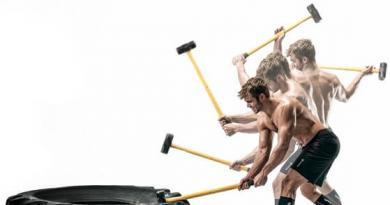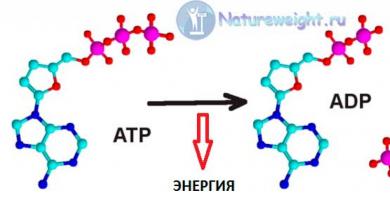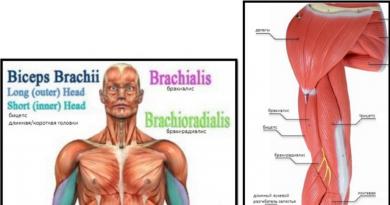I came across a very informative and interesting article about the benefits of squats. It turns out that in order to be healthy and have good blood circulation, gyms, special devices and money costs for all this are absolutely not needed. You need to squat, squat and squat again!
The fact that squats are good for sculpted and strong legs and a round butt is an axiom, but many do not know that squats are a catalyst for the growth of all other muscles in the body.
1. Squats Help Build Muscle Whole Body
Such exercises not only develop the quadriceps, calves and hamstrings, but also help the rest of the muscles to progress. By increasing the production of testosterone and growth hormone, squats feed the body with anabolics, stimulating the growth of muscle mass. So if you want to increase muscle mass and strength - squats will help you with this.
2. Squats Help You Burn Fat
Muscles burn fat. The more muscle, the more fat they burn. By stimulating the growth of muscle mass, squats help burn more fat. The more muscle you build on your skeleton, the more calories you will burn during training and recovery. So if you want to lose weight - do not neglect squats.
3. Squats are incredibly functional.
Today, next to the good old squats, the fashionable definition of “functionality” is often used. If earlier squats were considered exercises for well-trained athletes and professional bodybuilders, today people are no longer afraid to do squats, having appreciated all the advantages of this exercise. There are countless ways to prevent injury while doing squats, and the benefits of this exercise can't be overestimated.
4. Squats help you stay agile
In addition to simply increasing the strength and endurance of the lower body, squats are great at maintaining the mobility of the entire body. Moreover, by doing full range squats, you can develop all the muscles in your legs, as a result, you will not feel tired in your legs and can easily withstand long loads during outdoor activities and exercises.
5. Squats improve coordination
This parameter goes hand in hand with the growth of mobility and mobility. Improved coordination will help improve strength skills and build muscle mass. This also applies to other exercises that involve different muscle groups, such as deadlifts, dumbbell bends, ab exercises, etc. In addition, the squat will help set the stage for other leg exercises, such as single-leg squats, leg presses, and calf raises.
6. Squats Help Improve Your Performance
Squats are valued not only because they help you build mass and improve leg strength and endurance, but also because they increase the capabilities of your body as a whole: for example, you can run faster and jump further. This is especially important for those who play sports both professionally and on weekends as part of an amateur team. Squats help improve performance in a wide variety of sports. This is a truly versatile exercise.
7. Squats Help Prevent Injury
The development of a large number of accessory muscles of the lower body, hips and lower back can significantly reduce the risk of injury with proper technique. The squat forces the muscles to work together “as a team”, guaranteeing a stable body position and eliminating weak points, so that the risk of injury is minimized.
8. Squats Help Build Core Muscles
During squats, the muscles of the central part of the body are involved, including the muscles of the abdominal zone. According to studies, squats allow you to load the abdominal muscles even better than the usual twists. So if you want to get abs, do squats.
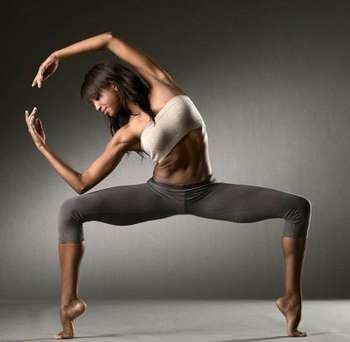
9. Squats improve joint health
Squats improve joint health and reduce the risk of injury if done correctly. The hip joint, knees and ankle work together during the lifting of the body. The load is distributed over all joints to reduce stress on individual joints. Straightening the legs, for example, puts a lot of stress on the knees, increasing the risk of injury.
10. Squats are very practical.
Squats are distinguished not only by functionality, but also by practicality, which is perfectly manifested in everyday life. Outdoor work, playing with children, outdoor games like basketball, all these activities will be much easier for you thanks to squats.
11. Squats can be done in a variety of ways.
From the back squat to the regular overhead squat, there are a myriad of options you can use. Also, the positive effect of exercise can be enhanced in many ways, for example, using chairs, boxes and bandages, using high-rep techniques, alternating work and pauses.
12. Squats don't cost extra.
This exercise does not require the use of expensive simulators and special equipment. All you need is a barbell or even a pair of dumbbells. Overhead squats, kettlebell squats, and dumbbell squats require the most basic equipment. Moreover, you can limit yourself to a sandbag or a water barrel.
13. Squats can be done anywhere.
At home, in the gym, even at a party! You can squat anywhere. You don't need a gym membership or expensive equipment, just do 100 simple squats or squats with your hands behind your head in your room, on the beach or in the park while jogging.
14. The squat rack is usually loose.
Provided that someone did not occupy it to do barbell curls. Most people today are embarrassed to work on a squat rack (or are they afraid to do it without a trainer?), preferring to train their legs separately. Leg training requires a lot of effort and focus to achieve noticeable results. If the leg machines can be busy, then the squat rack is 90% free.
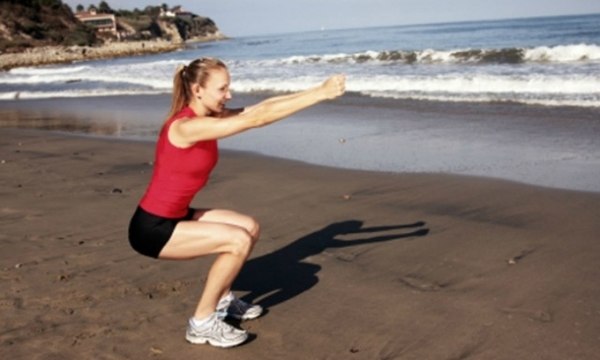
15. Doing squats prevents people from doing barbell curls in a squat rack.
We've all seen them. These weirdos do arm exercises in a squat rack. Although this exercise can be done anywhere. Take the barbell, set the desired load and do your exercise. But these guys think they want the barbell ready, they're too lazy to pick it up off the ground, they need the barbell at a comfortable height so they don't have to bend down to get it. By the way, they like to supplement their approaches with long pauses, during which you can delve into the phone for a long time or chat with other visitors to the hall. This needs to stop, doesn't it?
16. Squats Build Strength
It takes a lot of strength to get up from a low point while squatting. A variety of load points, a large range of motion, all this creates a unique energy curve in the lower body, which helps to increase the strength and endurance of the body as a whole, and this will come in handy when doing other exercises.
17. Squats are a great way to gauge your form.
Have you made great strides in the bench press? Can you squeeze a ton during the shoulder press? Are you shaking your hands? What about squats? If you want to really appreciate yourself (and who doesn't?), try the deep squat. You don't stop halfway during a bench press, do you? Do you bend your arms in half? So why is it necessary not to squat to the end?
18. Squats are a versatile exercise
The only exercise that uses about the same amount of muscle as the squat is the deadlift. Squatting is a habitual action familiar to the human body.
19. Squats work the muscles in the back of your leg.
There is a lot of talk these days about the muscles in the back of the leg and how important they are in daily life. Straightening the legs does not affect these muscles in any way. During squats, not only quadriceps are involved, but also the hips and calves. Also, one should not forget about the load that falls on the lower back, upper back and neck.
20. Squats improve flexibility
Again, this versatile movement requires high flexibility. The higher the range of motion of the hips, calves, knees and ankle, the more effective the squat will be. Working on your figure will motivate you to further achievements and gain all the necessary knowledge.
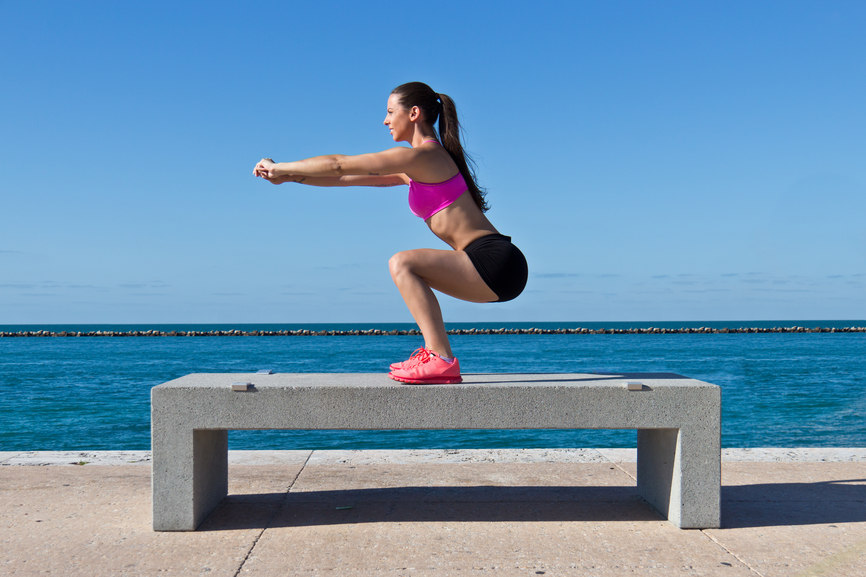
Do squats and be healthy and beautiful always!

